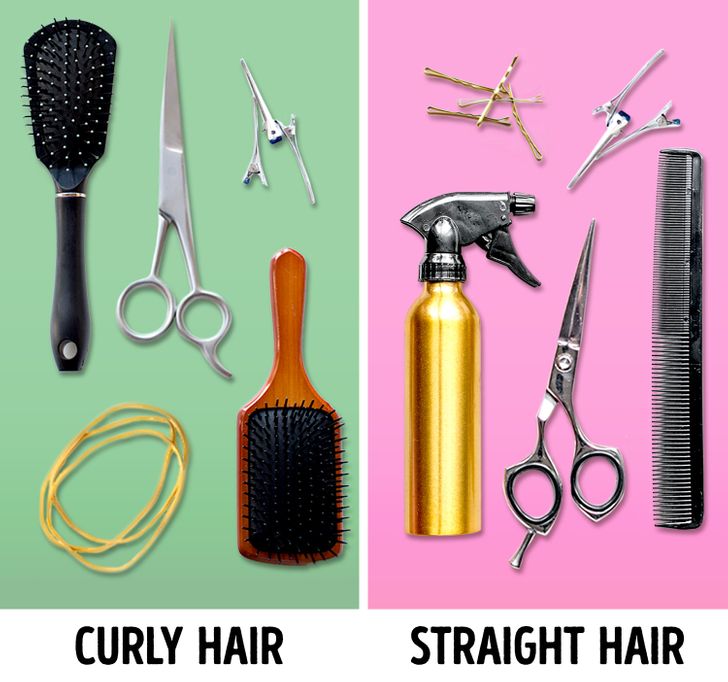I have tried it all before. mostly good
How to Cut Your Hair at Home Like a Pro: 7 Tips
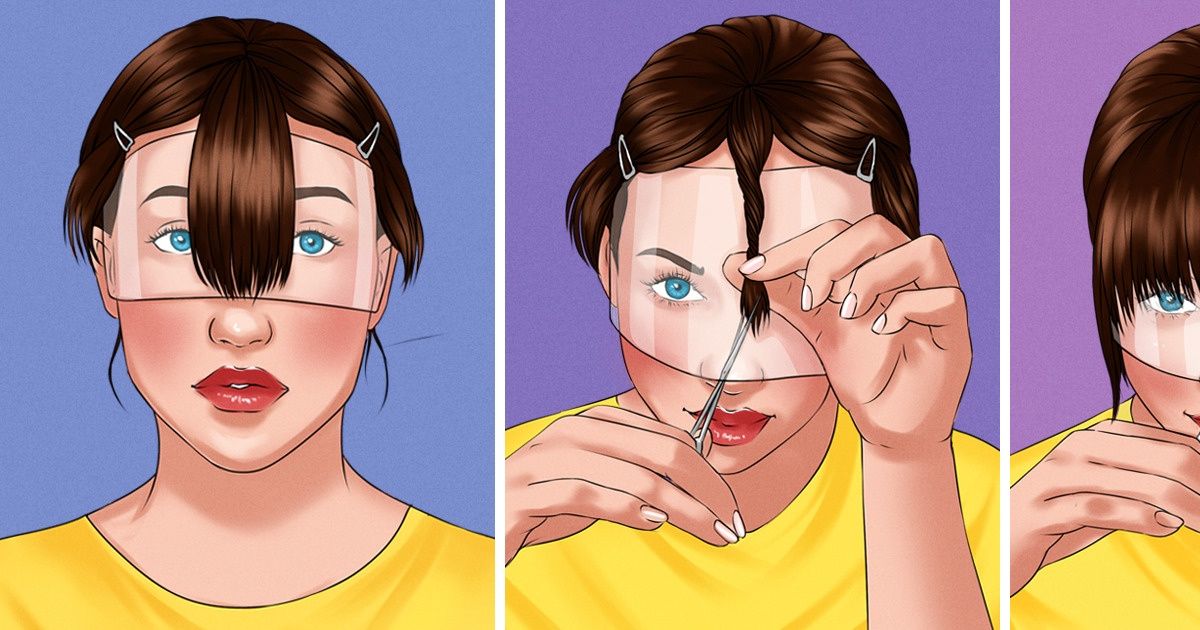
Cutting your hair at home might seem both thrilling and complicated. In fact, this is becoming more trendy as hairdressers become online consultants to guide clients through this adventure. Although we might not be as skilled as a professional, maybe there are little improvements or changes we could make at home in case we’re feeling adventurous.
So today, at Bright Side, we looked into a few tips to make the best of our homemade haircuts. At the end of the article, we thought it’d be nice to look into how to cut bangs, as it’s a bit trickier than we expected!
1. Gather your supplies.
Don’t skip the basics. This may seem like an obvious piece of advice, but just as an example, remember that even something as simple as dull scissors could damage your hair, so it’s better to have sharp ones no matter what type of hair you have. You might even want to consider buying professional scissors.
Depending on your hair type, the instrument needed may also vary. For example, a wide-tooth comb works best on curly hair and a fine-tooth one works on straight hair and requires more precision. Same goes for scrunchies or clips that you can use to section hair easily. Clips can help you gain precision when cutting straight hair with less volume.
Here’s a list of items you might need:
- Sharp scissors
- Comb(s)
- Scrunchies and/or clips
- Spray bottle
- Towel(s)
Remember: If you have hair with a lot of texture, it’s easier to cut it dry to make sure you don’t cut too much since curly hair is longer and less fluffy when it’s wet. You can also try spraying it with water.
2. Think about what you want to do and what you can do.
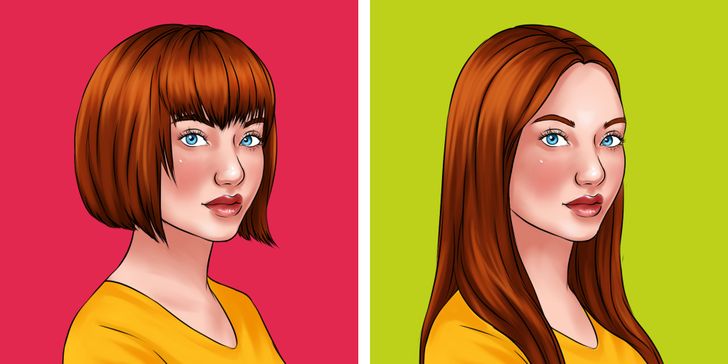
- If you just need to shorten your ponytail or cut split ends, and you have straight hair, a little goes a long way. Analyze the basic traits of your current haircut and then skip directly to point 3, keeping in mind that it’s better to cut half a centimeter less than what you had in mind. That way your stylist will also still have enough length to work with in case something goes wrong.
- If you have a layered haircut, or wavy or curly hair and you want to lighten up your cut and create movement, start by analyzing your current haircut and the movement of your hair, then go to point 4.
- If you’re thinking about doing an extreme makeover, think twice. Evaluate whether you have the skills and/or boldness to do it yourself. If you decide to go for it, think about what cut fits you, rather than how good a cut looks on others. Also, keep in mind that some cuts might adapt easier to your hair type, face type, or even body type.
3. If you don’t have layers, you can shorten your ponytail.
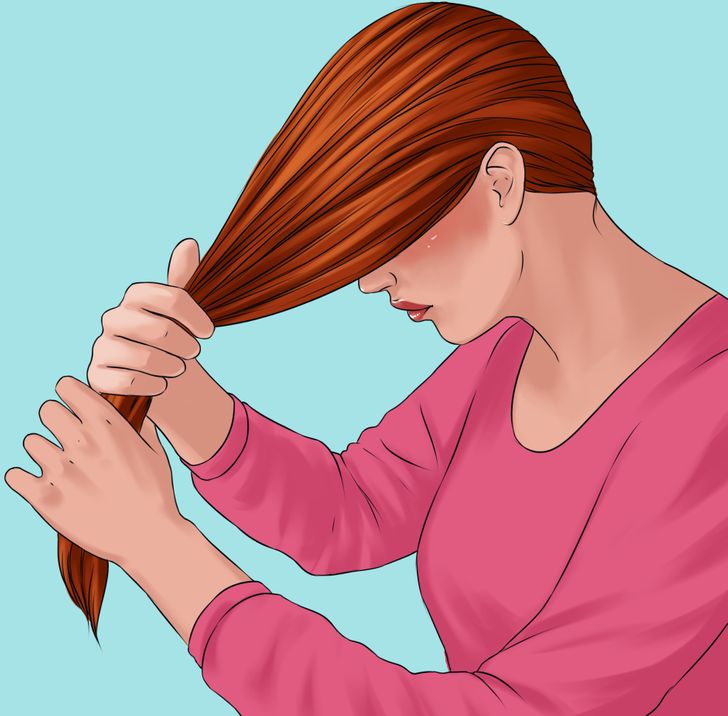
Start by combing your hair properly, to make sure you have no knots when cutting. Try your normal combing technique, but also, try leaning over and finishing by combing your hair from back to front to eliminate knots in the back and put your hair into a ponytail.
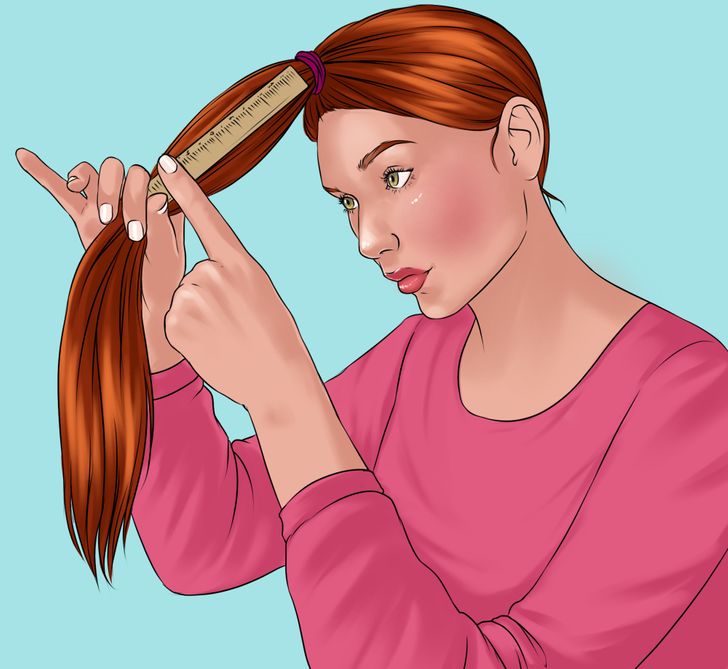
Then, use a ruler as a guide to determine how much you’d like to cut and use your fingers or a hair clip to mark the length. Once again, remember that a little goes a long way.
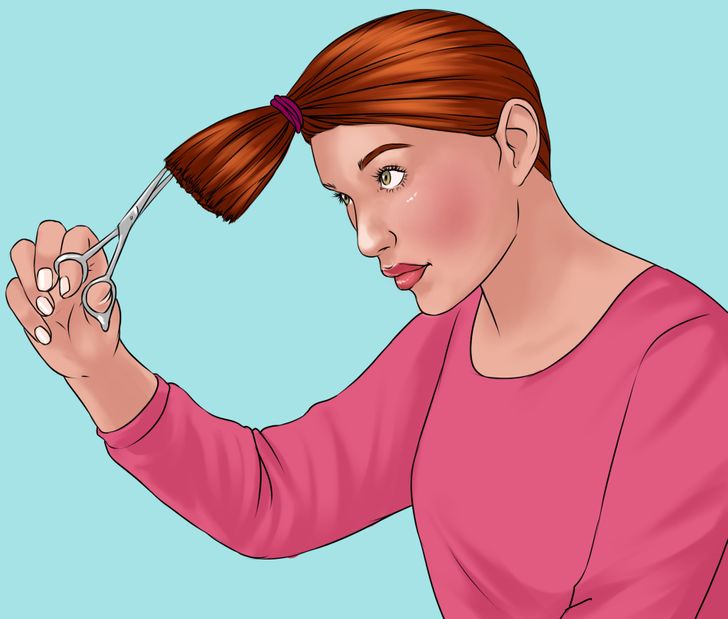
4. If you do have layers, start by using a front section to create a guide.
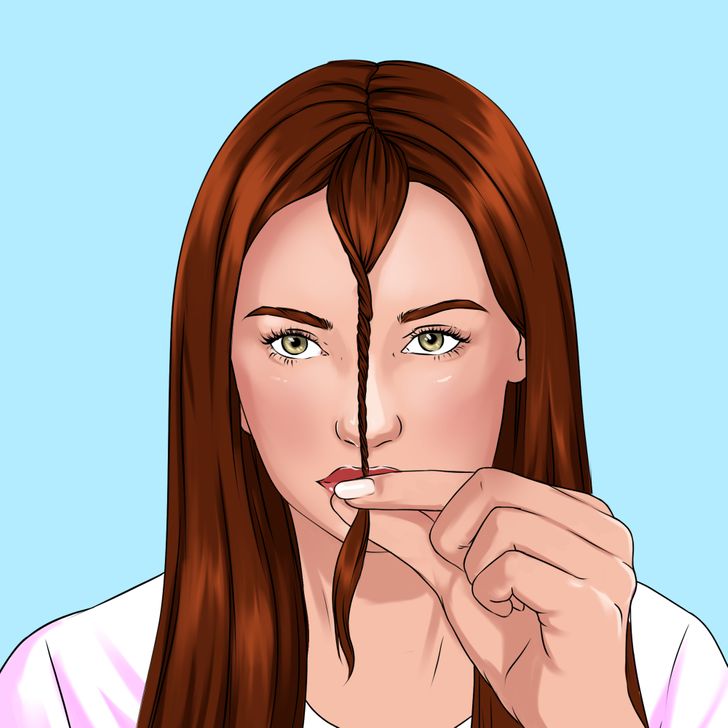
You’ve now combed your hair, you have no knots, and you’ve analyzed the natural movement created by your layers. Start with the front layer, section it, and twist it to create a more natural effect. Use your fingers as guides and pinch your hair to mark the specific length that you want.
5. Cut vertically for a softer finish and horizontally for blunt edges.
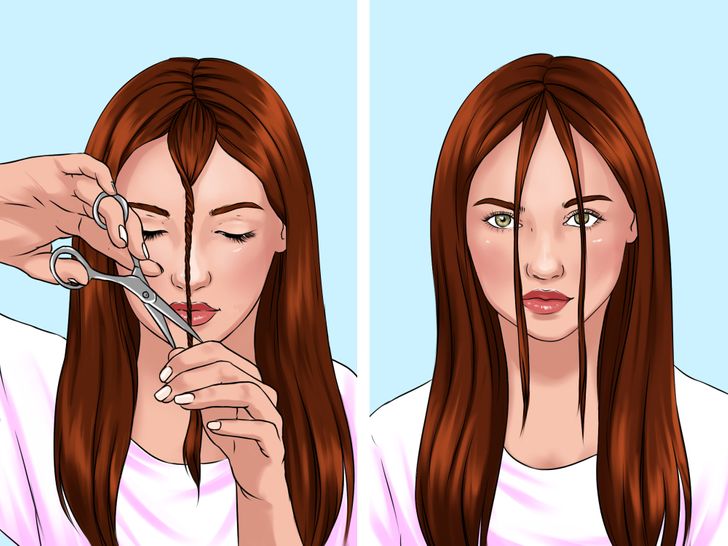
Using scissors at an angle will help you recreate a natural effect, as well as cut the twisted hair. If you cut horizontally, you risk having very “squared-off” layers. Once cut, you’ll have a guide that will help you decide the length of the rest of the sections you’ll work on.
6. Using guides as a reference, take small sections of hair and cut.
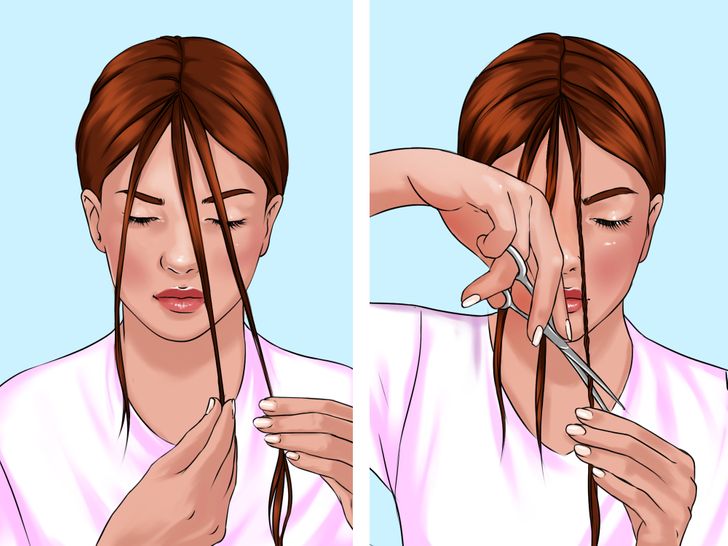
Now divide your hair into small sections using clips (or scrunchies, if needed). Follow the layers your hair already has. Remember to cut at an angle.
7. Point cut the split ends upward.
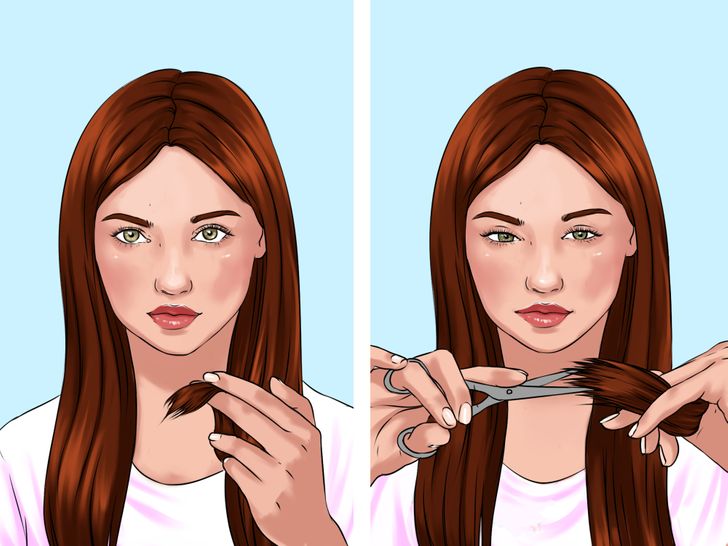
Once you’re done with the front section, you can take care of the split ends, dry bits, and less layered sections. You might remember how stylists often finish by picking the ends of your hair to point cut them. Do the same by cutting your ends with your scissors, pointing toward the floor, to follow the direction of your hair, like in the illustration above.
Bonus: How to cut bangs successfully
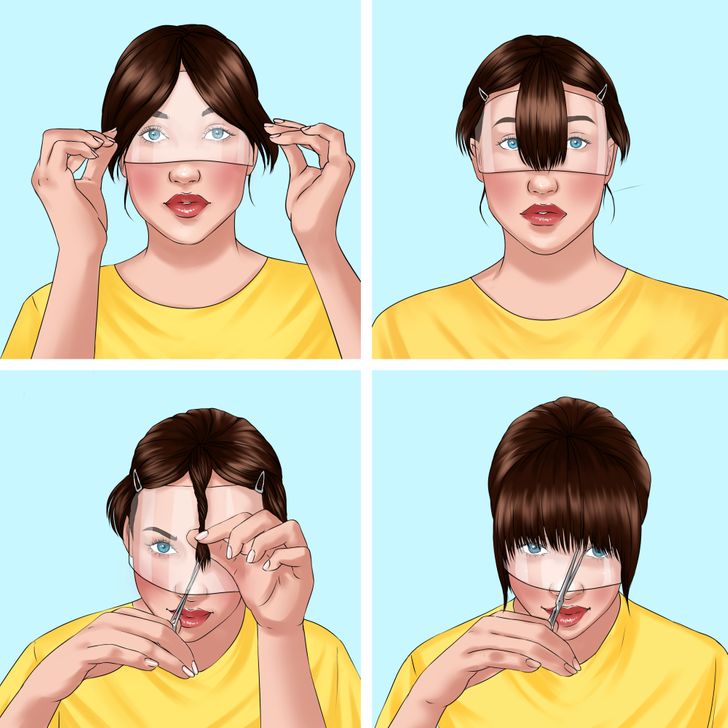
Bangs can change your look completely, but it’s not the easiest haircut to pull off without constant maintenance. Investing in a mask for your bangs can prove to be useful. To cut the ends of your bangs, start by sectioning your hair into 3 parts: front, middle, and sides. The sides can be clipped back, while the front is twisted and point cut into a natural shape. Finish them off by unclipping the rest of the bangs and leveling them according to your preference.
Have you ever dared to cut your hair at home? Can you share a picture with us? If not, let us know why in the comments, and if you have, share your experience to help others avoid mistakes!
Comments
I've tried to cut my hair myself before and haven't succeeded at all. I think these tips can be helpful. Thanks for the info
Nice! I've been looking for a short guide like this one before. Thanks!
Well, I guess it's that time of the year to try doing things for ourselves ?
Related Reads
17 Stories That End Up Somewhere You’d Least Expect
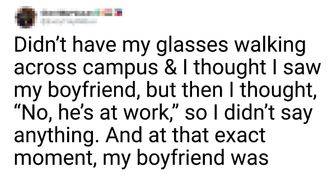
My Mother-in-Law Accused Me of Stealing, Karma Stepped In With a Twist
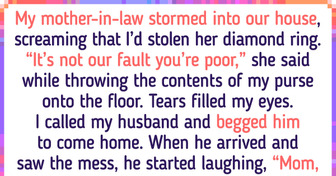
“Pushing 60, Trying to Look 30,” Nicole Kidman’s New Bold Style Is Deemed Age-Inappropriate

15+ Guys That Would Give Anything for a Minute of Sleep
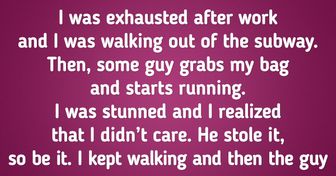
10 People Who Discovered a Family Mystery That Rocked Their World

I Spent Years Covering My Face With Makeup, Now I Want the Whole World to See It
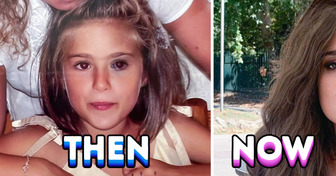
We Ranked 10 of the Most Toxic Movie Relationships

I Refused to Pay for the Coffee Machine at Work—Now HR Got Involved
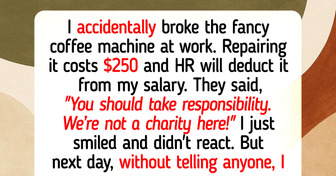
13 Stories That Prove the Craziest Plot Twists Come From Real Life
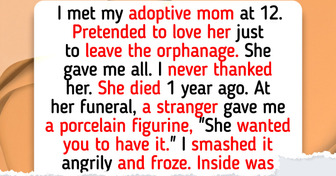
15 Stories That Prove Being Kind Costs Nothing but Means the World
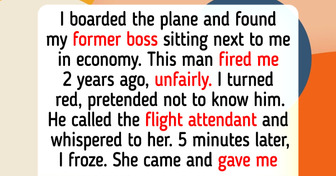
I Refuse to Be My Sister’s Free Full-Time Nanny—I Don’t Like Kids, and I’m Proudly Child-Free
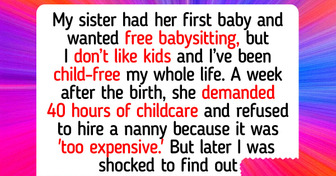
My MIL Insulted Me in Public—I Taught Her a Lesson

